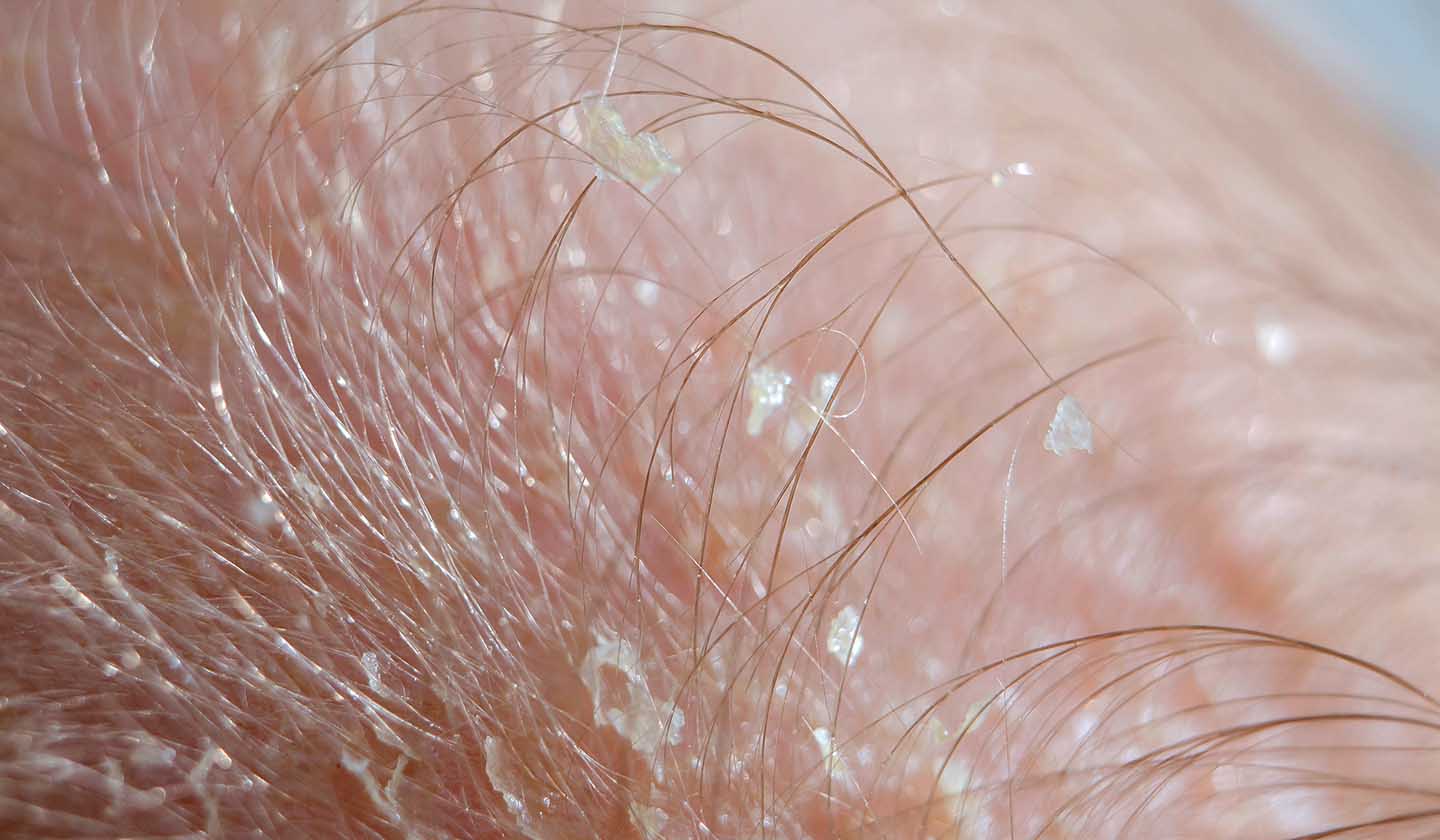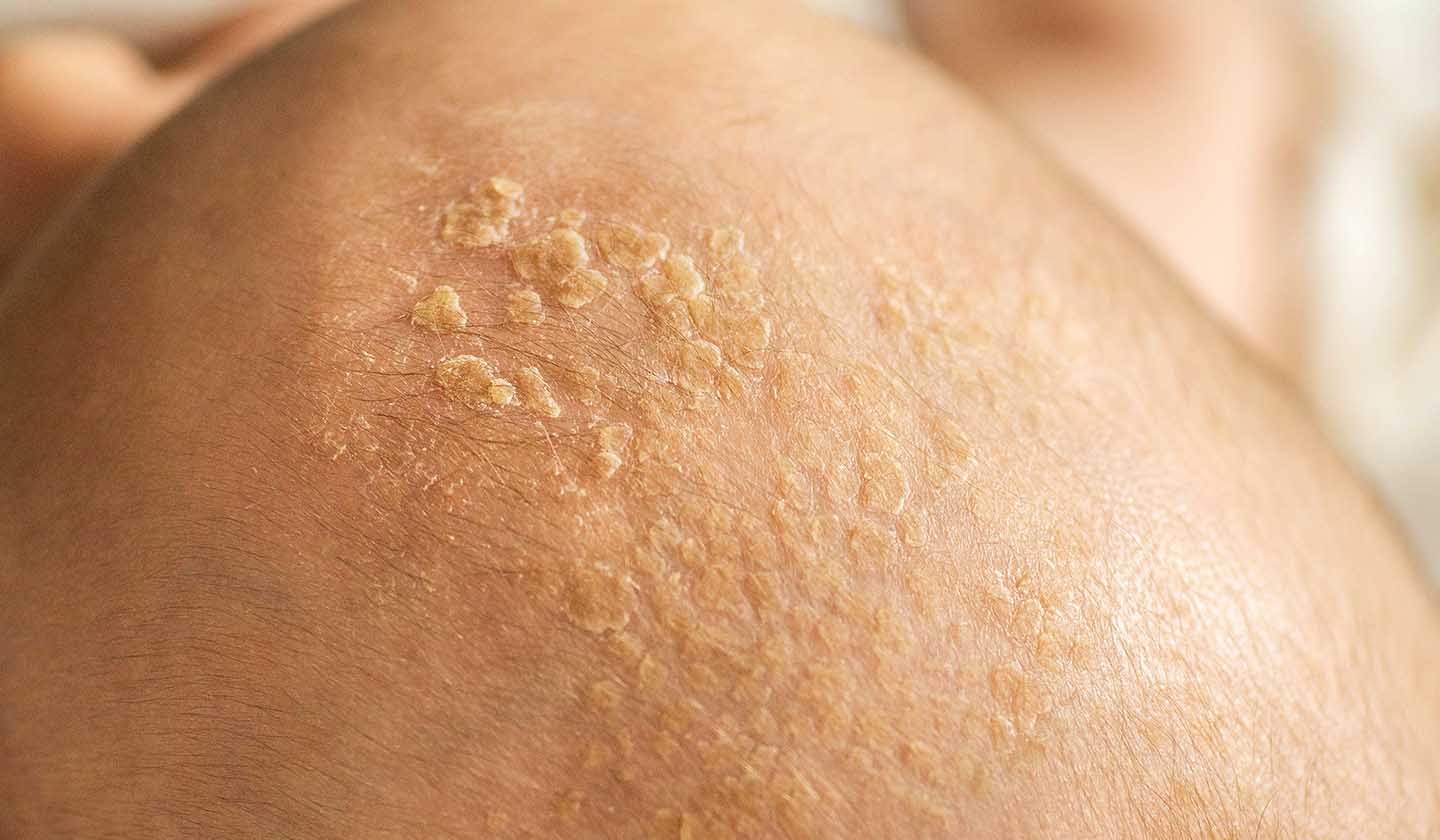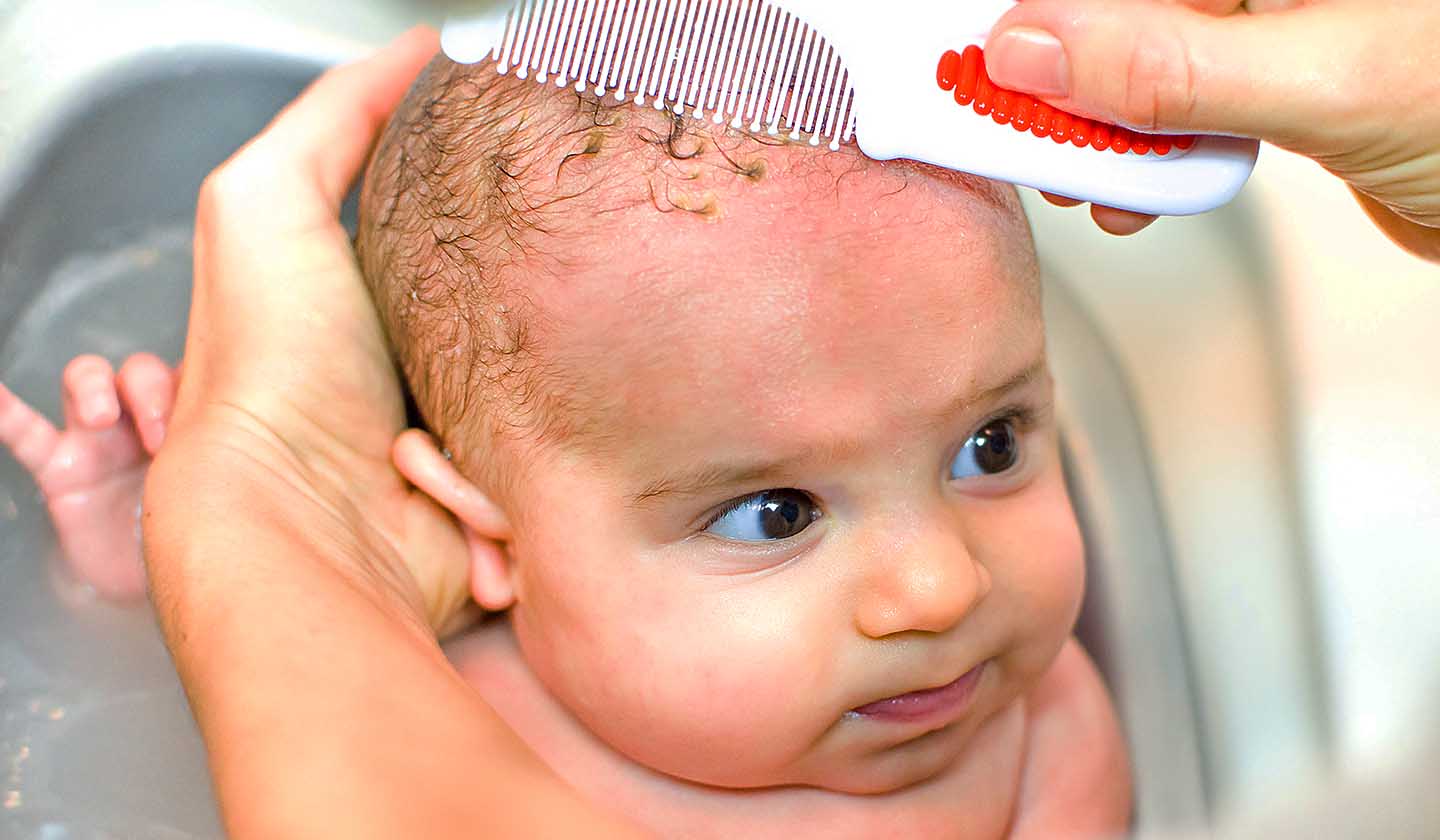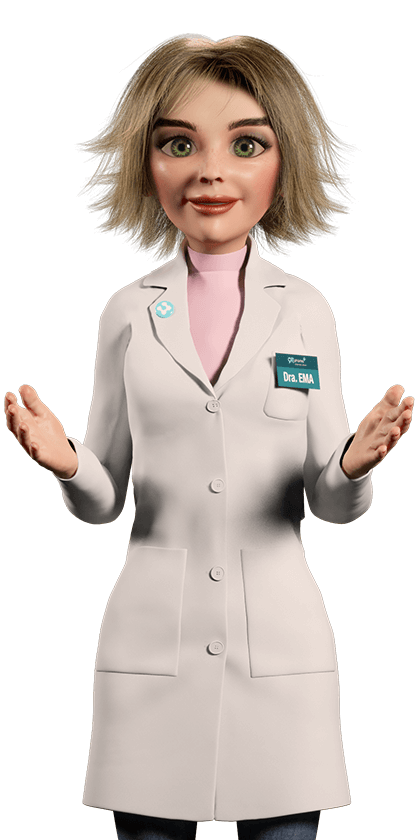Dermatology
Milk crust is very common, in the pharmacy you will find the best solutions

The cradle cap, also called infant seborrheic dermatitis, is characterized by the presence of small yellowish or whitish crusts on the baby's scalp.
Its appearance is quite common in babies, especially in the first three months of life and it is completely harmless disappearing naturally in most cases.
Although they are not a nuisance for babies, the milk crust can become unsightly, which is one of the reasons parents seek pharmaceutical advice. Find out how to treat this problem here, following our advice. How to treat cradle cap?

Why does the cradle cap appear?
The reason why these crusts appear is not known, however maternal hormones (transmitted to the baby during pregnancy) are thought to be the cause of the hypersecretion of sebum by the sebaceous glands of the areas where they occur. This sebum (fat) grabs dead cells to the surface and, after drying, forms a kind of yellowish or whitish, oily scale/plaque.
It is also thought that a fungus, which is naturally present on the skin, (Malassezia furfur), may also have an important role in the appearance of cradle cap due to the fact that it is lipophilic (ability to dissolve in fats).

What are most affected areas?
These crusts appear more often on the scalp, but they can also appear in other areas where there are sebaceous glands, such as eyebrows, ear pleats, face, skin fold areas (including in the diaper area).

How to treat the cradle cap?
There are some products that can help eliminate the cradle cap. Ask at your pharmacy about the most appropriate treatment for your baby and follow the recommendations.
- Massage the affected area with oils (for example, sweet almond oil) or appropriate emulsions/gels that, due to their emollient action, allow the crusts to soften and make them come off (there are products that can be applied at night and be removed on the next morning);
- Wash the baby's scalp with a mild and specific shampoo for the cradle cap (there are several brands available on the market);
- With the help of a comb suitable for babies (with rounded tips), remove the loose plates/scales (do not tear off the crusts, as this can cause small wounds that can become infected!);
- Rinse with warm water and dry the affected area with a soft towel, without rubbing.
- Keep your baby dry and cool (heat and perspiration can aggravate the dermatitis, so you should not overdress the child, avoiding, for example, the use of caps outside the street).
In the vast majority of cases, these cares are enough to improve and treat this problem.
However, if you do not see any improvement or if you notice the dermatitis is getting worst (inflammation, redness, irritation, or exudation), talk to your pharmacist or doctor. It may be necessary to resort to another type of treatment such as corticosteroids or antifungals.
Sources
iSaúde
Farmácia Distribuição Magazine
Também lhe poderá interessar
Dermatology
The almost inevitable nappy rash
Post childbirth






